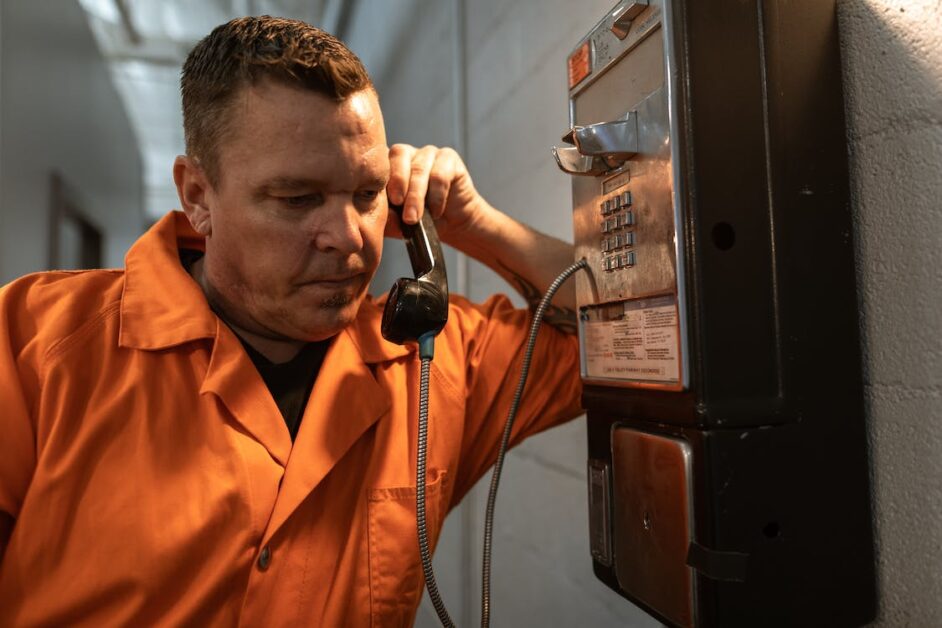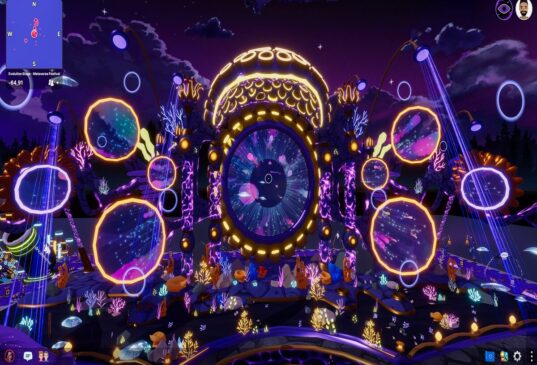![]()
Technology is continuously shaping and reshaping the world as we know it. Industries are scrambling to keep up with the pace at which technological advancements are made. Unfortunately, criminal justice systems are adapting to these changes much slower than other sectors.
Despite these barriers, increasing the use of technology in the justice sector is essential to societal development. Luckily, leaders all around the world are slowly realizing the merits of bringing technology into jails, courts, and community programs.
Let’s take a closer look at the role of technology in the prison system.
Video Inmate Visitation
Families can have a tough time visiting their loved ones in prison. Distance and time constraints can prevent them from spending enough quality time together. Video calls allow prisoners to conveniently connect to loved ones online. Inmates can freely chat with children, parents, friends, and life partners.
The benefits of video visitations don’t stop there—they may also be advantageous to facilities down the line. Transferring inmates from one place to another for on-site visits is risky business. Not only can employees and inmates get into accidents, but you also run the risk of inmates escaping.
Ultimately, video visitations can be beneficial to inmates’ mental health and well-being. By staying connected with loved ones, inmates can effectively control stress and anxiety, reducing the possibility of relapse later on.
Digital Documentation
The prison system collects, processes, and stores thousands of documents and files. When a document goes missing, it can mean bad news for the facility and its managers. You can avoid all the hassle by leveraging AI-based systems to collect, store, and process inmate information.
Create a customizable digital document that inmates can access through controlled kiosks. Inmates just need to fill out the document and submit the file for the software to process and stash.
Prison systems may even use this technology to sort through inmate mail. Jail employees are entrusted with examining incoming mail to verify that packages don’t contain prohibited substances or mischievous messages. Outsourcing this task to software that can convert every mail to scannable information simplifies and secures everyone’s job.
AI-powered Surveillance
More correctional facilities are realizing the benefits of incorporating AI-powered surveillance systems into their operations. Smart technology can help jail employees track inmate location and activities by the minute. This increase the overall safety and efficiency of correctional facilities.
AI-based video surveillance systems are built to identify unusual activities and behaviors among inmates. It then creates an activity report for each prisoner using behavioral analysis, facial recognition, and movement evaluation. With this type of technology, prison staff can take steps toward improving inmate safety and support.
Inmate Learning and Re-education
Offering inmates the option to develop talents and learn new skills in prison is a great way to help them feel a sense of purpose and joy in life. According to research, convicts who participate in education and training programs are less likely to re-enter jail.
Tablets are valuable devices that can help inmates access learning tools and resources. It’s especially helpful for older inmates who unfortunately missed the height of the internet revolution. Workshops, certificates, and degrees may all be obtained via remote classrooms. Inmates can use their tablets for research and assignment submissions.
Adequate Health Services
Providing adequate health services has always been a challenge for most prison systems. Luckily, technology makes it easier and more efficient for facilities to provide incarcerated people with proper healthcare and assistance. Offering video-based telehealth consultations is one way to simplify inmate health treatment. Not only can facilities save money down the line, but it also makes real-time diagnoses more accessible to inmates.
Transferring inmates from one facility to another can be taxing, especially for someone with severe conditions like cancer, heart disease, or hypertension. Online consultations can reduce the frequency of painful experiences for inmates and staff.
Correctional Facility Building Design
Designers, law enforcement practitioners, and researchers must collaborate to develop facilities that foster social interaction and social support for inmates. Investing in health-promoting activities such as increased nature exposure, art or cultural events, and mindful meditation might also assist in lowering anxiety and enhancing pleasant psychological emotions.
Wrapping Up
The world’s correctional systems aren’t without their flaws. Technical problems plague the sector left and right. Luckily, innovative leaders from all over the world are experimenting with recent technologies to find ways to improve the prison system for everyone.
Inmates can expect more practical and purposeful activities awaiting them on the other side. Prison staff can look forward to more streamlined processes within offices and jail cells. Communities may also expect more efficiently designed correctional facilities to house inmates and other detainees.
A prisoner’s surroundings can affect their mental and physical well-being. Creating spaces that are beneficial to an inmate’s psychosocial health can increase their chances of reintegrating into society after their time is served.



